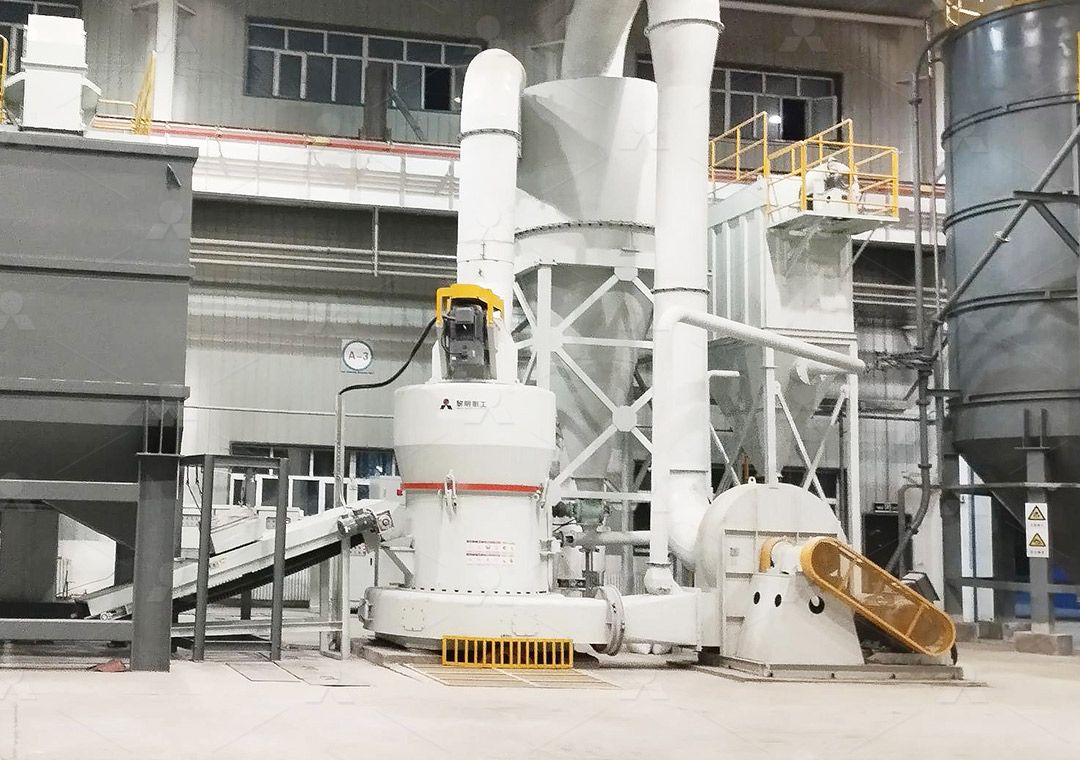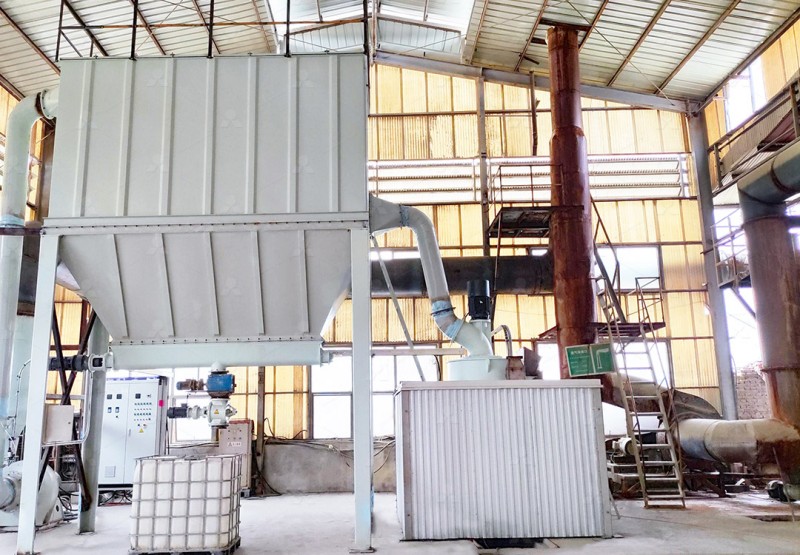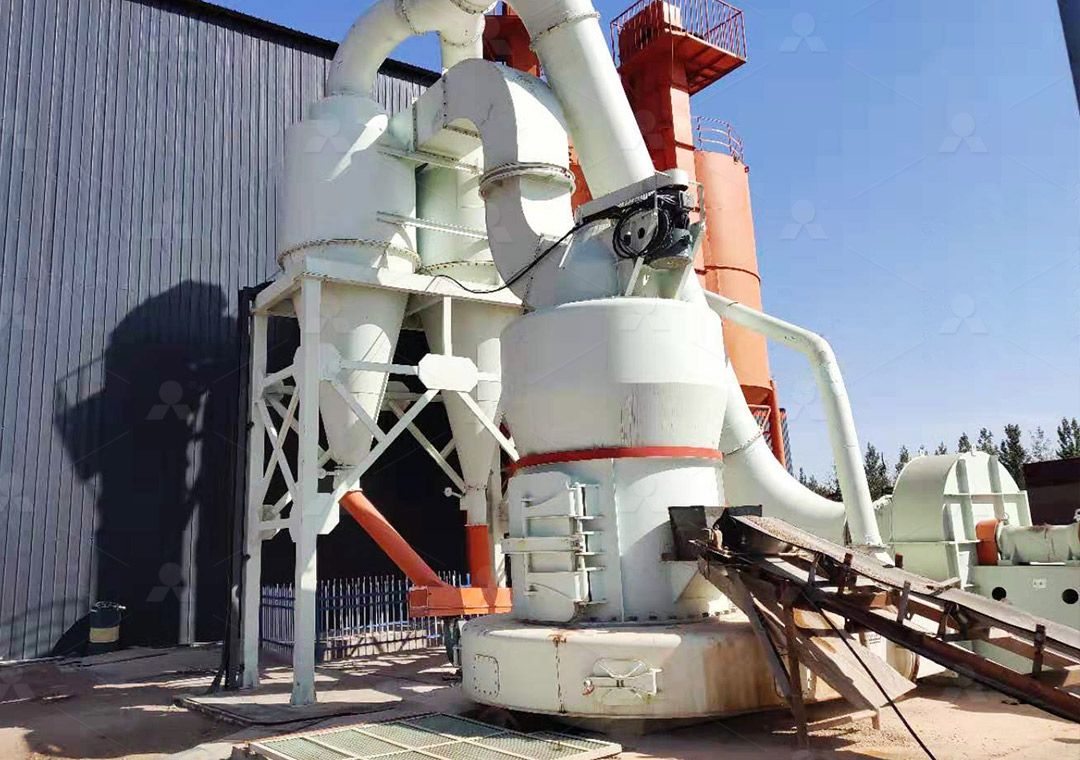Raymond Mill for Clinker Grinding: Efficient Powder Processing Solutions
Raymond Mill for Clinker Grinding: Efficient Powder Processing Solutions
In the demanding world of cement production and mineral processing, clinker grinding represents one of the most critical and energy-intensive operations. The transformation of hard, nodular clinker into fine powder suitable for cement production requires robust, efficient milling solutions that can withstand abrasive materials while maintaining consistent output quality.

Traditional grinding approaches often struggle with the inherent challenges of clinker processing—high abrasiveness, variable moisture content, and strict fineness requirements. This is where advanced grinding technologies demonstrate their superiority, offering enhanced efficiency, reduced operational costs, and improved product quality.
The Evolution of Clinker Grinding Technology
While conventional ball mills have long been the workhorse of clinker grinding operations, technological advancements have introduced more sophisticated solutions. The modern approach to clinker processing emphasizes energy efficiency, precise particle size control, and operational reliability. Today’s grinding systems must not only deliver consistent performance but also address environmental concerns through reduced emissions and noise levels.
Among the various options available, Raymond Mill technology has proven particularly effective for clinker applications. Its unique grinding principle, combining compression and shear forces, creates an optimal environment for reducing clinker to the required fineness while maintaining control over particle size distribution.
Advanced Solutions for Modern Grinding Challenges
For operations requiring ultra-fine powder production with exceptional efficiency, the MW Ultrafine Grinding Mill represents a significant technological advancement. This system handles input sizes up to 20 mm with capacities ranging from 0.5 to 25 tons per hour, making it suitable for various production scales.

The MW series incorporates several innovative features that address common grinding challenges. Its newly designed grinding curves for rollers and rings enhance grinding efficiency substantially. Comparative performance data shows production capacity increases of up to 40% over jet grinding mills and stirred grinding mills, with output doubling that of traditional ball grinding mills—all while reducing system energy consumption to just 30% of jet grinding mill requirements.
What truly sets this technology apart is its adjustable fineness capability, spanning from 325 to 2500 meshes. The German-engineered cage-type powder selector ensures precise separation, while the option for multi-head configurations allows customization based on specific production requirements for yield, fineness, and sieving rate.
Operational Excellence and Environmental Responsibility
Modern grinding operations must balance production efficiency with environmental stewardship. The elimination of rolling bearings and screws within the grinding chamber addresses common failure points, while external lubrication systems enable maintenance without production interruptions. This design philosophy extends equipment lifespan and enhances operational reliability.
Environmental considerations are integrated throughout the system design. Efficient pulse dust collectors ensure dust-free operation across the entire milling process, while silencers and noise elimination rooms maintain workplace comfort and regulatory compliance. The complete production system adheres to national environmental protection standards without compromising performance.

For operations prioritizing vertical grinding solutions, the LUM Ultrafine Vertical Grinding Mill offers complementary advantages. With input sizes up to 10 mm and capacities from 5 to 18 tph, this system integrates the latest grinding roller technology with advanced powder separation. Its unique roller shell and lining plate grinding curve design promotes efficient material layer formation, enabling high finished product rates through single-pass powder milling.
Frequently Asked Questions
What makes Raymond Mill technology suitable for clinker grinding?
Raymond Mill systems provide the ideal combination of compression and shear forces needed to efficiently reduce hard clinker nodules. Their robust construction withstands abrasive materials while maintaining consistent particle size distribution.
How does the MW Ultrafine Grinding Mill achieve energy savings?
Through optimized grinding curves, efficient powder separation, and reduced system resistance, the MW series consumes only 30% of the energy required by comparable jet grinding mills while delivering higher production capacity.
What fineness range can be achieved with modern grinding systems?
Advanced systems like the MW Ultrafine Grinding Mill offer adjustable fineness from 325 to 2500 meshes, with screening rates achieving d97≤5μm in a single pass, ensuring product quality meets exacting specifications.
How do these systems address environmental concerns?
Integrated pulse dust collectors, silencers, and sealed systems operate under negative pressure to prevent dust emissions. Advanced designs also reduce noise pollution and energy consumption, supporting sustainable operations.
What maintenance advantages do modern grinding mills offer?
Features like external lubrication systems, reversible structures for easy access, and the elimination of internal bearings and screws reduce maintenance requirements and enable 24-hour continuous operation with minimal downtime.
